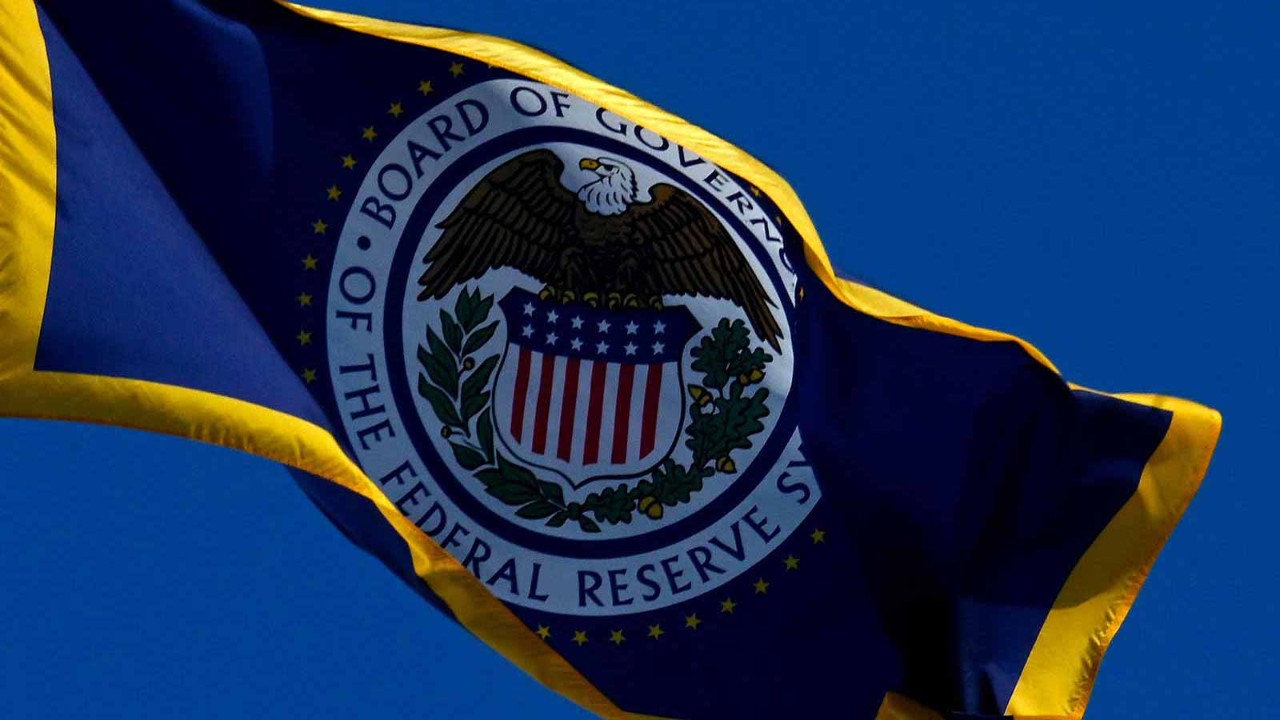
Clouds have been gathering over the global economy. With inflation still at multidecade highs, central banks around the world are starting to raise the cost of borrowing.
In May the US Federal Reserve lifted rates by 50 basis points, the largest hike since 2000. And an increase from the European Central Bank, which had looked unlikely to raise rates this year, is now on the cards.
Alongside a tightening of the monetary screws, economists have been fretting over the potential cooling effect from higher energy prices as the war in Ukraine continues. Finally, lockdowns in China as part of the country’s zero-Covid policy have raised concerns about the potential for supply chain disruption and weaker consumer demand in the world’s second largest economy.
Alongside a tightening of the monetary screws, economists have been fretting over higher energy prices
Even the chair of the Federal Reserve has indicated there is no reason for complacency, saying that taming inflation would cause ‘some pain’. He added that ‘no one here thinks that it will be easy’ to get inflation back to the 2% target while keeping the labour market buoyant. A 1.4% annualised contraction in the US economy in the first three months of 2022 – although mostly caused by a surge in imports – was a shot across the bows.
So should chief financial officers be concerned that the US will lead the world into recession? Or can the Federal Reserve pull off an economic soft-landing, quelling inflation while keeping growth on track?
Expansion rate squeeze
First, economists often push back against the most popular definition of a recession as involving two or more consecutive quarters of shrinking output. With more countries contending with an ageing workforce and a declining number of workers, periods of negative growth will become more likely. Most economists prefer to view recessions as a sustained period in which growth is significantly below trend – the rate of expansion caused by a nation’s growing productive capacity and which therefore doesn’t add to upward pressure on inflation.
This rate has been estimated at around 1.8% a year in the decade to 2031 by the Congressional Budget Office, the non-partisan adviser to the US Congress.
Whether the US can avoid a period of growth that falls well below this rough yardstick will depend on a variety of factors – most notably, the speed at which inflation can be brought down. This will be the main determinant of when the Federal Reserve feels able to slow the pace of interest rate rises or is pushed to be even more aggressive.
At the time of writing, the jury is still out on this. Consumer price inflation in the US slowed only fractionally in April to 8.3% year on year from a 40-year high of 8.5%. Even stripping out volatile food and energy prices, which have been boosted by the conflict in Ukraine, inflation came in at 6.5% compared with April 2021 – more than three times above the Fed’s target.
Wage rises are also uncomfortably high – a key metric for the Fed since it points to the threat of a spiral in which salaries and prices chase each other higher. In the US the three-month rolling average of wage rises was 6% in April, up from a range of 3%–4% prior to the pandemic.
The Fed may be in a position to slow the pace of tightening later this year
Optimistic
There are, however, grounds for optimism. The post-pandemic surge in demand for goods – which was the largest since the end of World War II rationing – is starting to fade. This is easing pressures on supply chains and can be seen in falling prices over recent months for used cars, televisions and mobile phones.
Overall, core goods prices – again excluding food and energy – rose just 0.2% on the month in April, as consumers shift back to a more normal balance of spending on goods versus services. Assuming then that inflation moderates, the Fed may be in a position to slow the pace of tightening later this year, reducing the threat of a drying up of credit leading to recession.
Global developments will also be key, with events in Europe and Asia potentially having knock-on effects on the US and global outlook. A sudden disruption of energy supplies from Russia, arising from the conflict in Ukraine, has the potential to sharply slow economic growth, particularly for Germany with its heavy manufacturing base.
And amid lockdowns, the International Monetary Fund recently scaled back its forecast for 2022 growth in China, from 4.8% in January to 4.4% in its April World Economic Outlook. However, so far natural gas has continued to flow from Russia to Europe, and Chinese businesses have been adapting to the more recent Covid-19 curbs.
Finally, there is the underlying strength of the domestic US economy. Although American consumers appear to have spent much of the excess savings accumulated during the pandemic, spending is holding up, rising an annualised 2.7% in the first quarter of 2022. Higher wages appear to be helping households to cope with the rising cost of living. There are signs that Americans are seeking to evade higher prices where possible, including by driving less to preserve spending power.
The risk of a recession has been rising but the Fed has pulled off soft landings in the past
Security
And job security for most Americans is high. The jobless rate remained at a historically low 3.6% in April 2022, and there were a record 11.5 million job openings in March 2022. Balance sheets are also strong. Net US household wealth after debt in the fourth quarter of 2021 rose above US$150 trillion for the first time, up 14.4% on a year earlier, based on rising housing and equity wealth.
Although accumulated wealth may have taken a hit due to the recent declines in stocks, it should reduce the risk of an abrupt consumption slowdown.
The US and global economies are facing their greatest challenges since the pandemic, and the risk of a recession has been increasing. But the Federal Reserve has pulled off soft landings in the past – including in 1965, 1984 and 1994.
There are at least some high-profile organisations that believe the Fed can pull it off again. The International Monetary Fund is still expecting the US to grow by 3.7% in 2022, followed by 2.3% in 2023. If the IMF is right, this will help support growth around the world through the tough times ahead.

